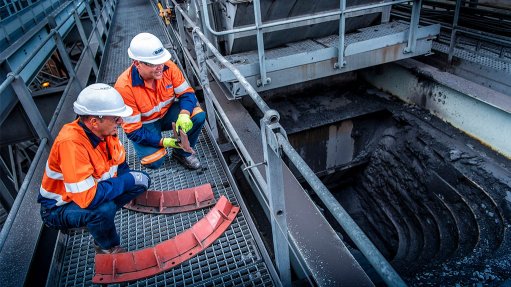
Physical inspections support Weba Chute’s reliability model
A state-of-the-art reliability model has been developed to help monitor transfer chute wear and predict maintenance requirements.
Transfer chute wear life measurement is recognised as an intricate process involving meticulous tracking of multiple components and is seen as essential for enhancing uptime and improving operational efficiency in materials handling applications.
Weba Chute quality systems engineer Izak Potgieter explains that the company designed the model to encapsulate pivotal wear indicators for each chute, enabling the accurate prediction of the wear life of individual components.
Specific data, especially wear measurements obtained during regular inspections, must be integrated for the model to function properly, explains Potgieter. He says that the discernment of wear patterns is paramount, and that this data allows plant to forecast which components need to be urgently substituted.
This enables accurate and methodical planning, such as the timely procurement of pivotal components. It also helps to strengthen preventive maintenance measures, reduce unanticipated downtime and disruptions and minimise the loss of production hours.
“The capability to precisely predict component wear life has catapulted our maintenance paradigm to unparalleled heights, and this approach has received increased interest from customers, both those with Weba Chute installations and other customer who are looking to change over to more cost efficient transfer points,” he says. “While this tool is integral to our maintenance contracts, it merits mention that customers who do not have such agreements can still make use of this service from us.”
An additional benefit of the reliability model is a comprehensive monthly report which provides timely alerts regarding maintenance requirements for each wear part within all chutes. The model also has the capacity to mirror differential wear levels across varied chute sections, especially those experiencing disparate impact levels.